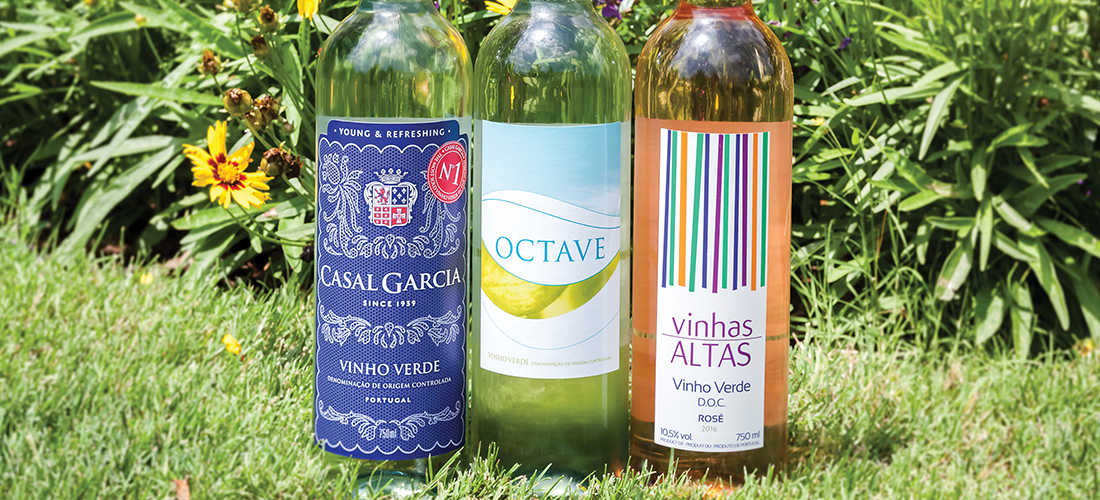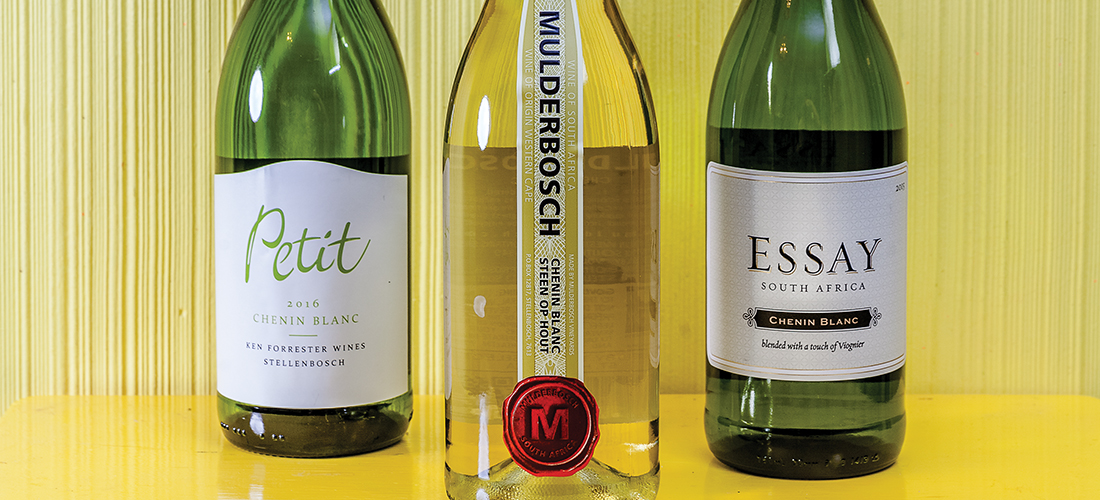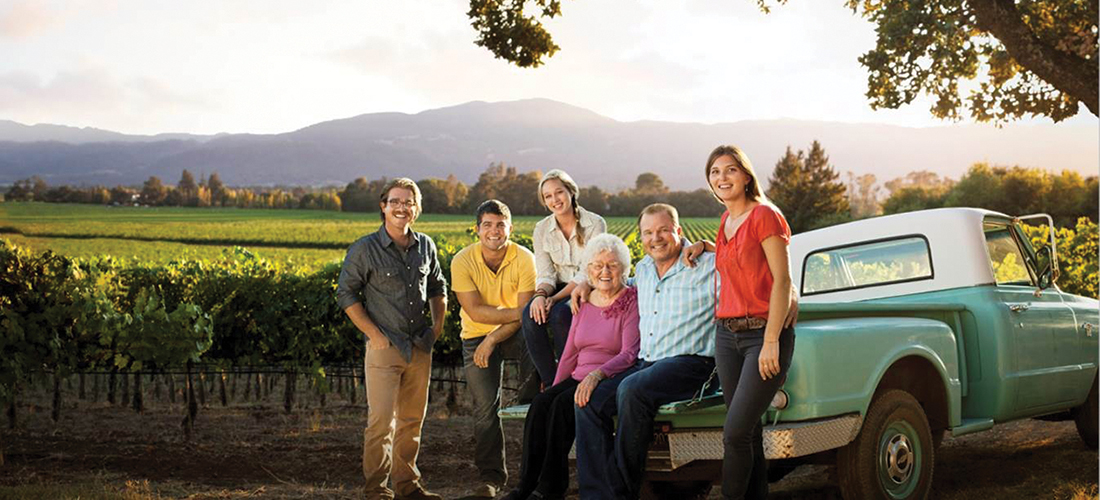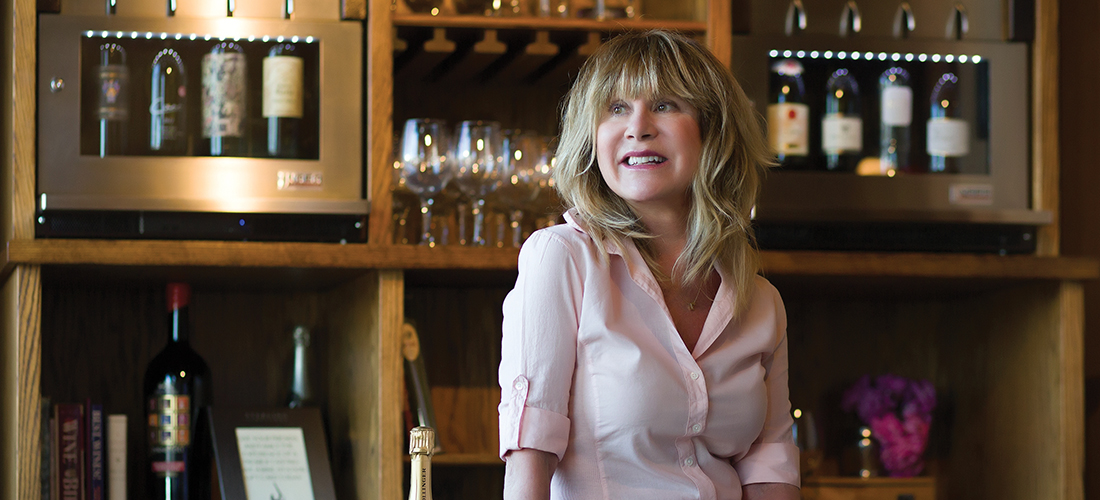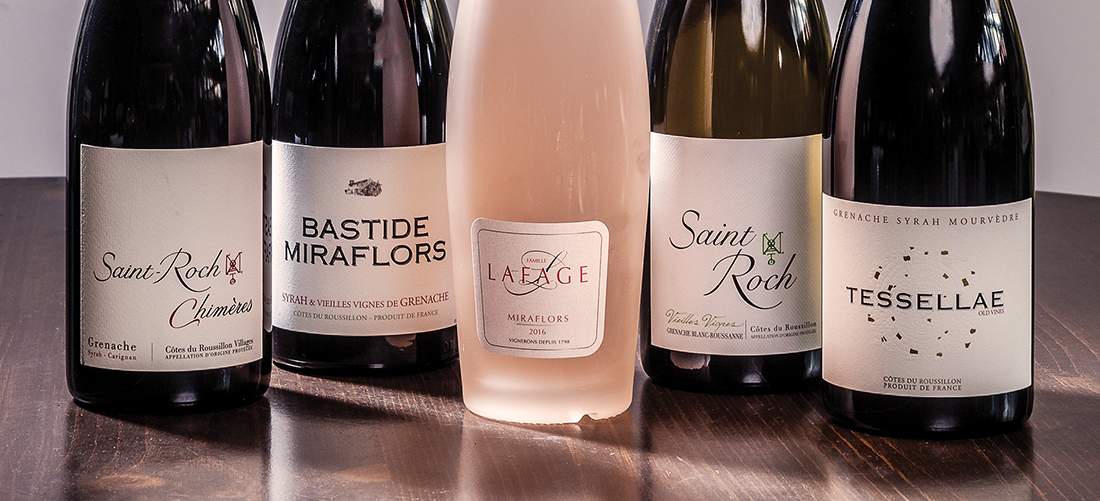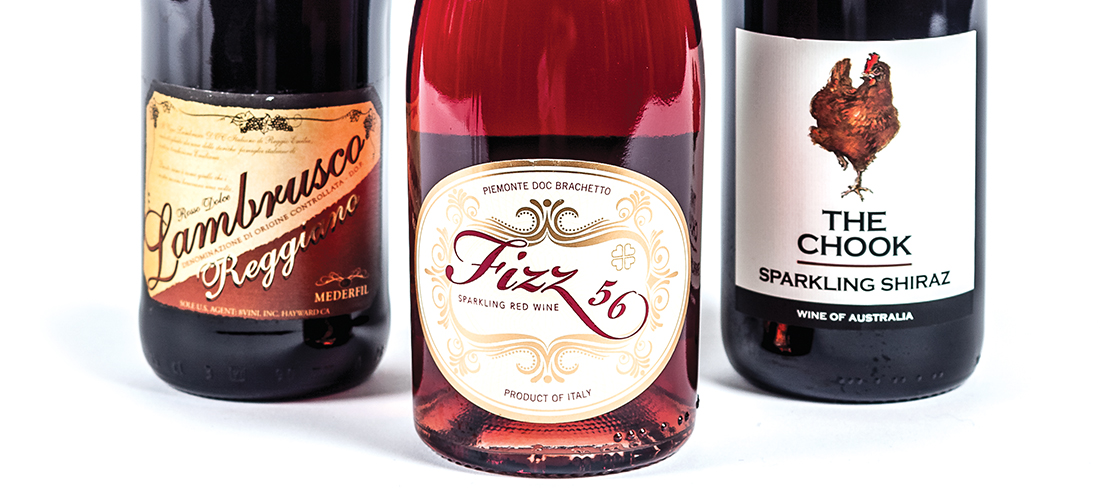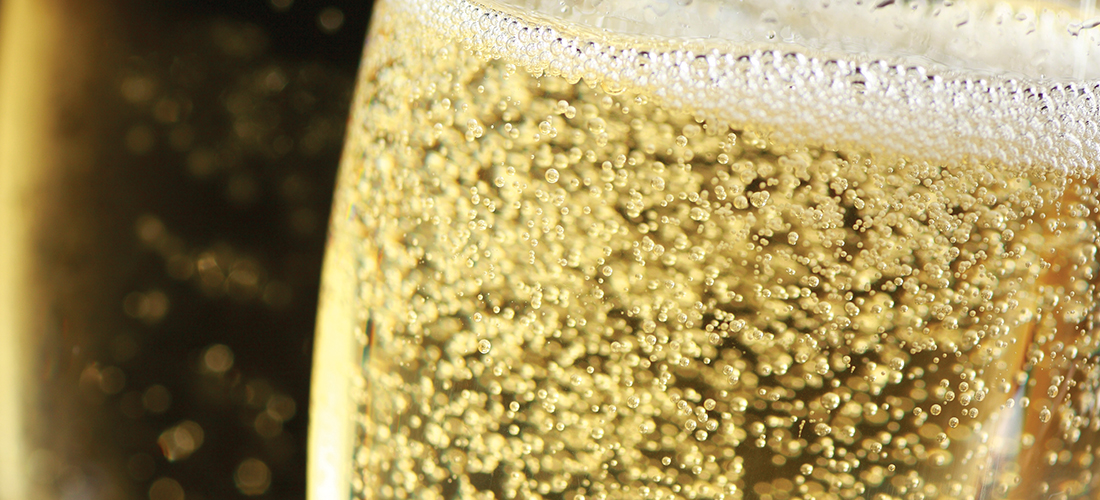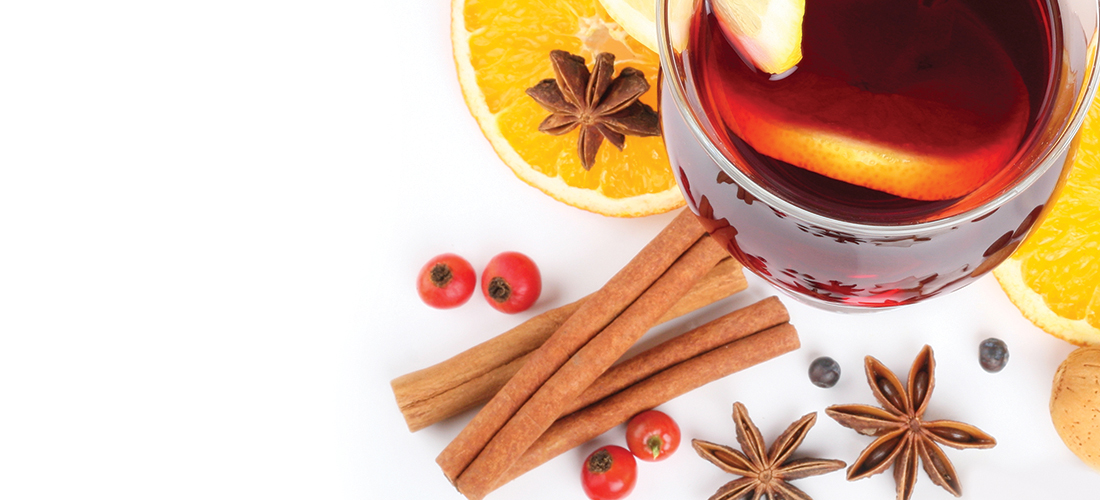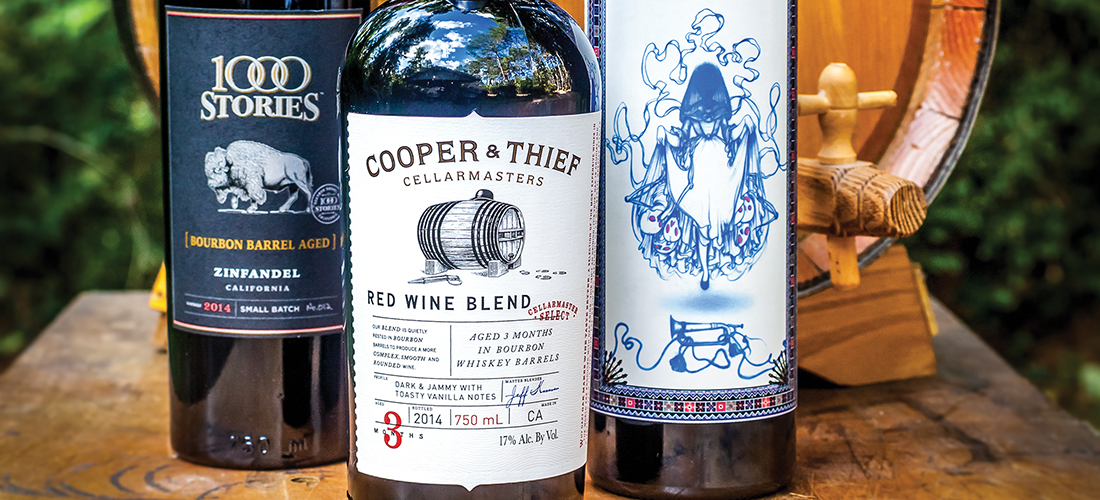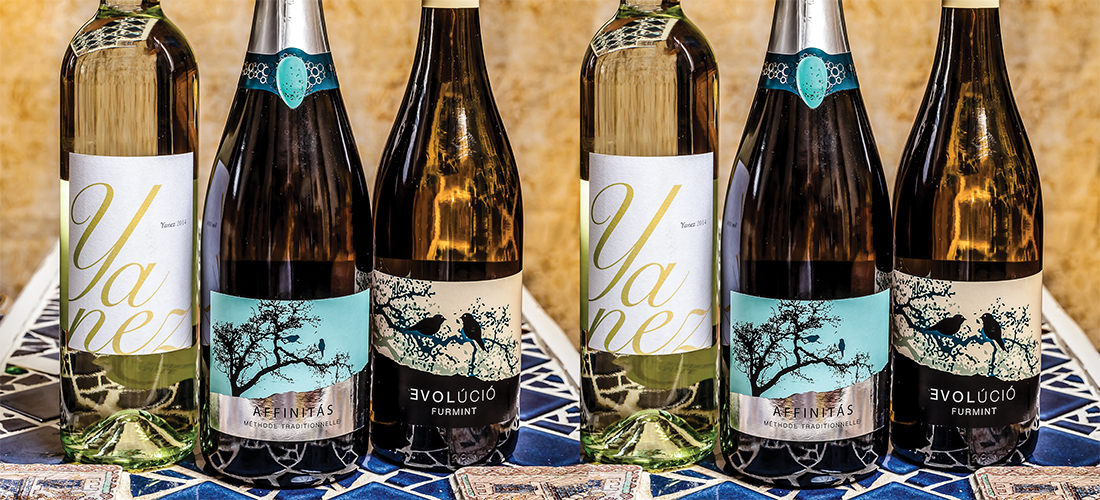Vinho Verde for cool summer sipping
By Robyn James
When the thermostat goes off the chart in the summer what is the top adult refresher to reach for in the wine world? The Portuguese have a lock on it — Vinho Verde!
Vinho Verde, translating to “green wine” or “young wine,” is Portugal’s day drinking low alcohol quaffer. It can be red, white or rosé, but the majority of what’s sold is the white, and it definitely needs to be consumed in its youth.
Vinho Verde is a grape growing region in Portugal with proximity to the Atlantic Ocean and the inland Mediterranean region giving the grapes a lip-smacking saline influence.
Practically the entire population grows alvarinho grapes (same as Spanish Albariño) and they are a beautiful and unusual sight to see. The vines are trained to grow in trees or pergolas as a cover crop for vegetables on the ground underneath, protected by the grapes from the pounding sun. Pickers have to mount ladders when it’s time for harvest, and the grapes are usually rushed to a large community cooperative to go through fermentation and get a shot of CO2.
There are no oak barrels, no secondary fermentations and no aging. It’s so cheap to grow and produce you will be hard pressed to find a bottle over $11. Generally, they are priced between $7 and $11.
This is the wine industry’s gin and tonic for hot weather. With high acidity the wines are fresh, crisp and fizzy, with great minerality. They are perfectly refreshing on their own, but also make a great food pairing with seafood, especially cold shrimp or seafood salads.
Octave Vinho Verde is a new favorite on the market. At about $8, this wine is a tongue tickler with citrus and green apple notes. The bubbles give a great punch, and the color is practically crystal clear. With only 9 percent alcohol, you can treat yourself to a number of glasses.
Arca Nova is a rare player in the Vinho Verde region. A family-owned winery, all the grapes are estate grown and picked. There’s a little more going on texturally here and the wine is crisp, fresh and effervescent, with notes of newly cut grass. It’s at the top of the line, selling for about $11, so indulge yourself.
Vinhas Altas makes a delicious, pale rosé Vinho Verde from espadeiro grapes. Only 10.5 percent alcohol, this fizzy treat has light notes of strawberries and a pleasant floral quality. At about $8, this is a great match for Asian cuisine and summer salads.
Casal Garcia does make a Vinho Verde that goes through a secondary natural fermentation to give it lots of bubbles. Casal Garcia Sparkling Meio Seco is produced from loureiro and avinto grapes. Super refreshing on its own, it’s also the perfect low-cost mixer for a mimosa, coming in at about $7.
So, grab the picnic basket, head to the pool or the beach, but don’t forget the cooler of Vinho Verde — it’s a must have summer beverage. PS
Robyn James is a certified sommelier and proprietor of The Wine Cellar and Tasting Room in Southern Pines. Contact her at robynajames@gmail.com.

